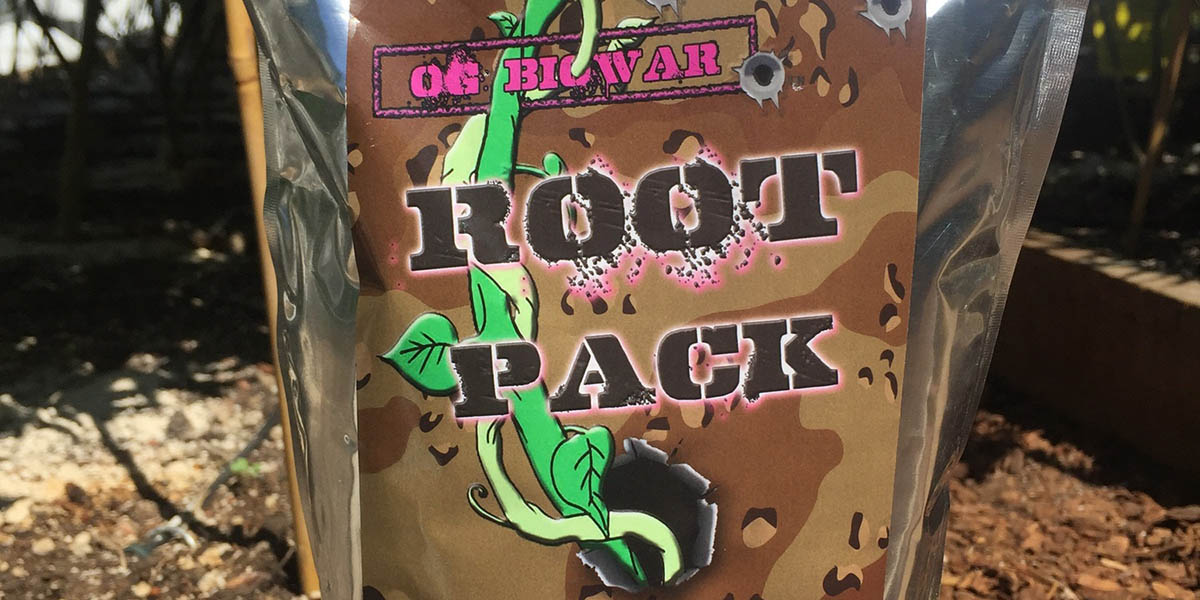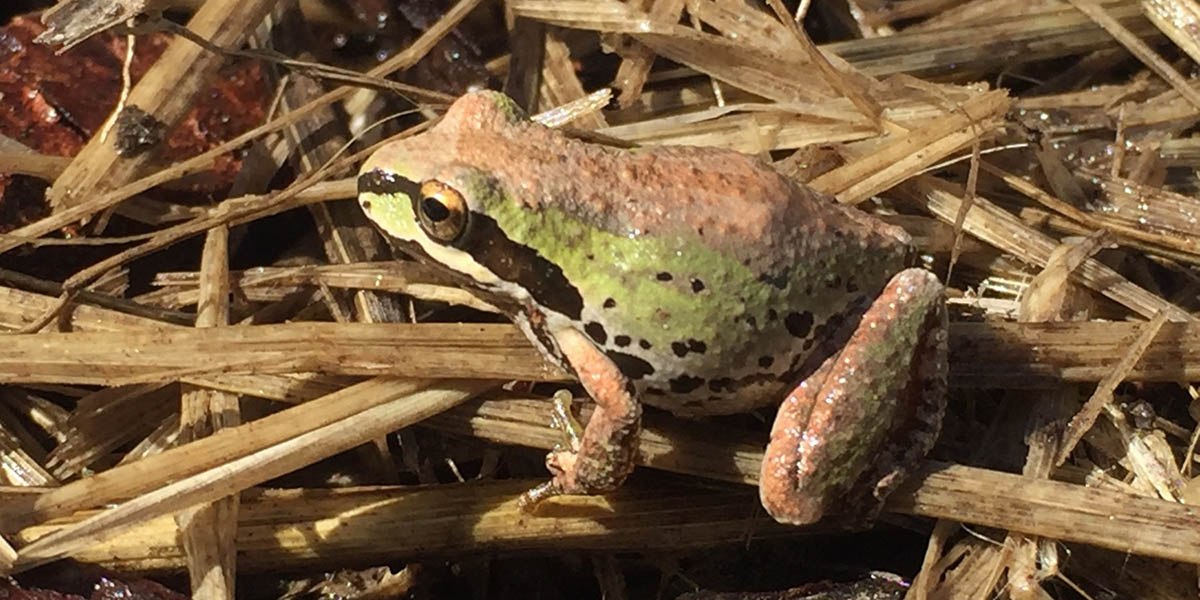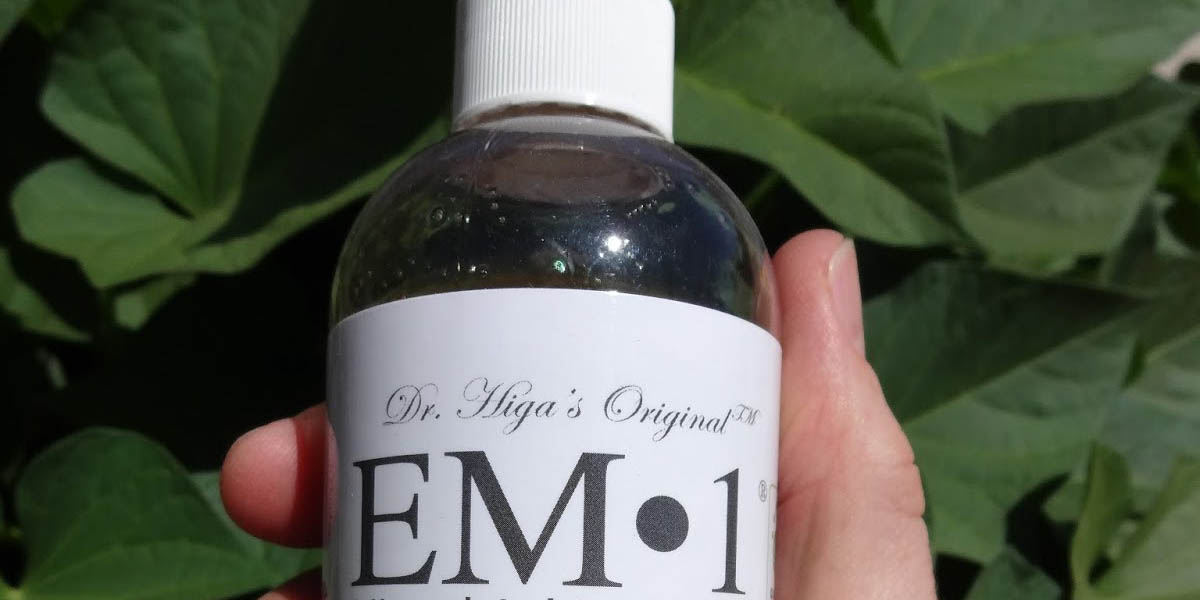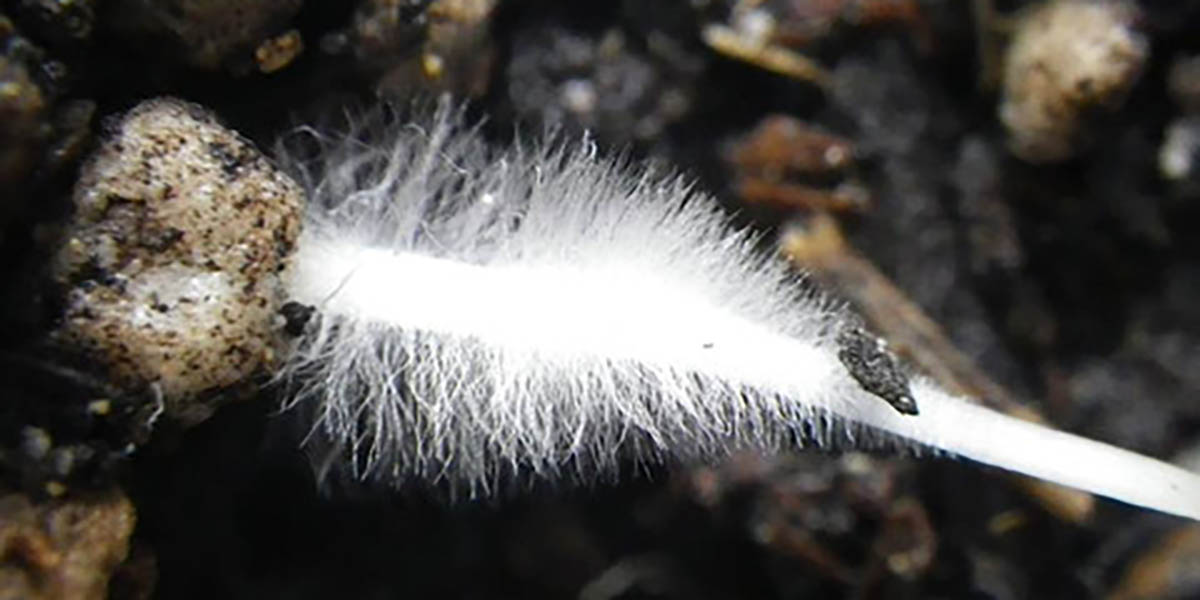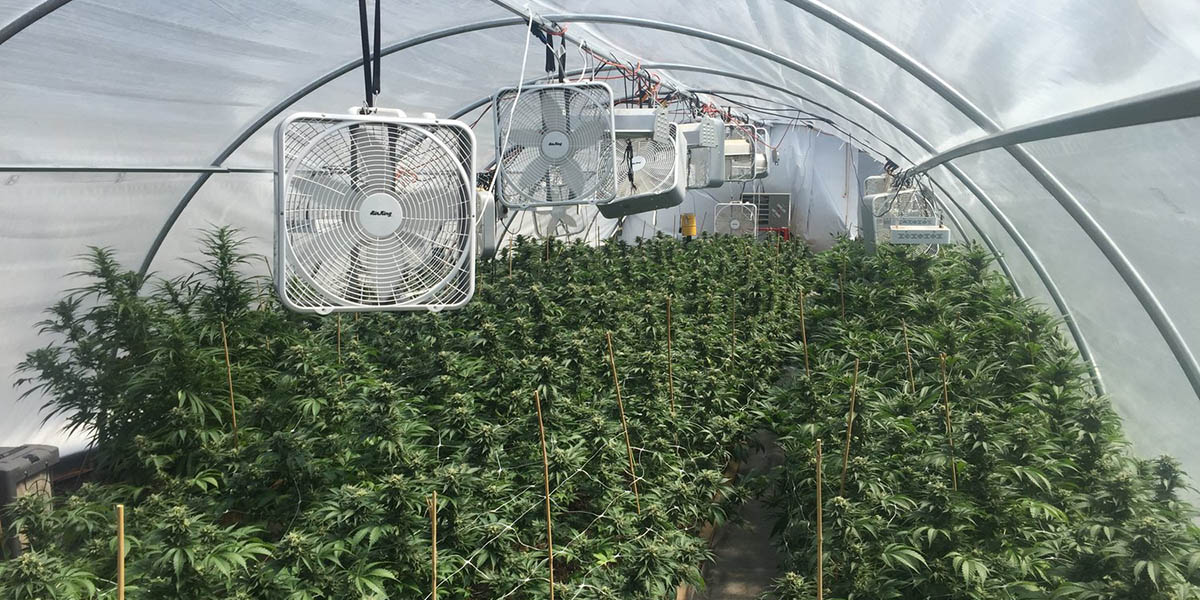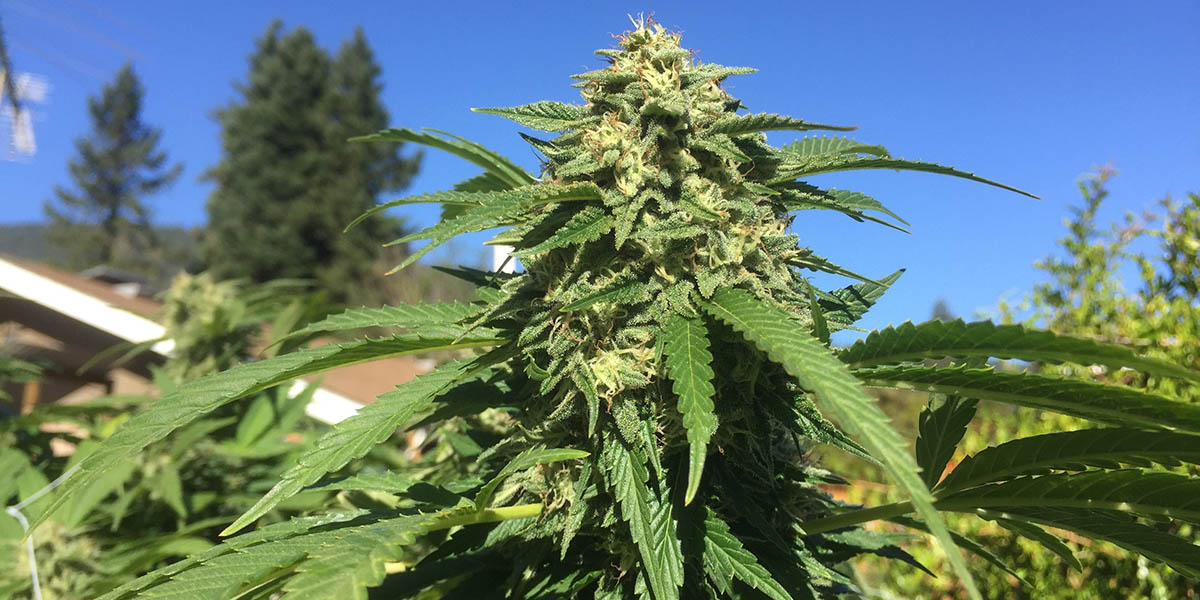Product Spotlight – OG BioWar
OG BioWar is a product that has been used rather extensively by a group of conscious minded farmers here in Humboldt County. The root pack is a microbial inoculant. It is a blend of highly concentrated beneficial fungi and bacteria that perform many important functions in the rhizosphere. The root pack promotes plant health by boosting the immune system, increasing shoot and root growth, multiplying flower production and increasing essential oil production. The entire line of OG BIOWAR is worth checking out, definitely a CHA recommended product for biological controls.
Product Spotlight – OG BioWar Read More »

